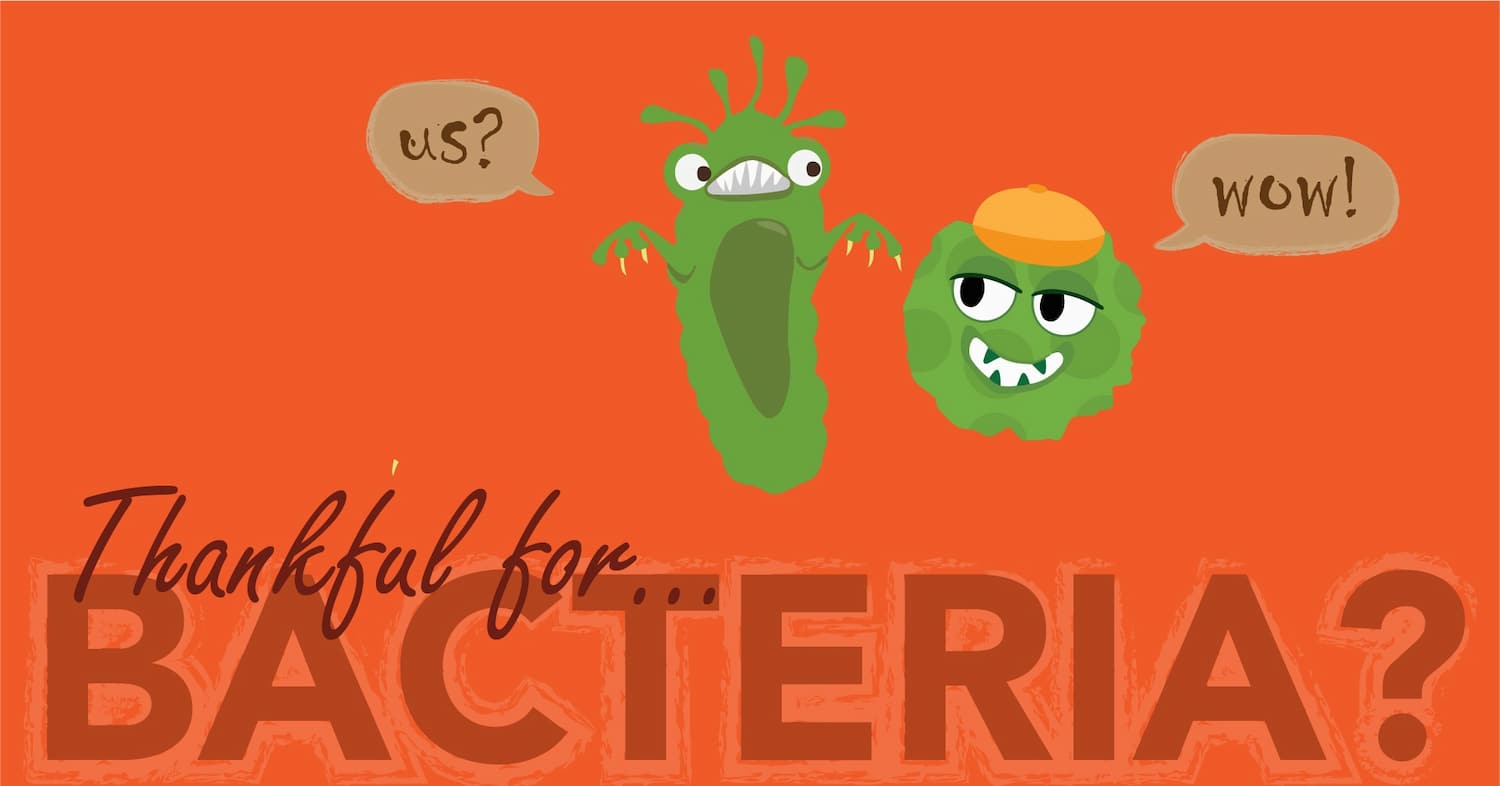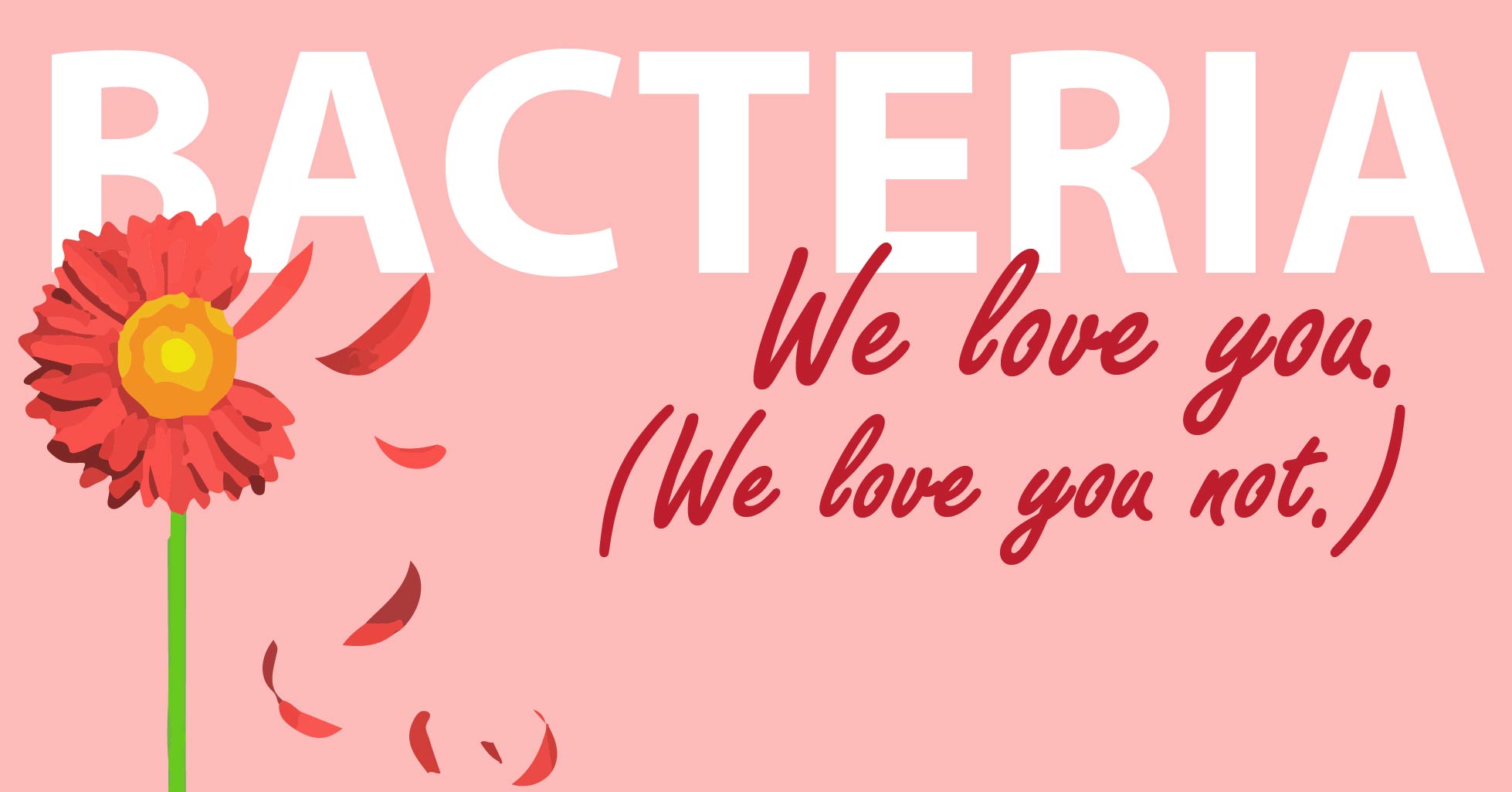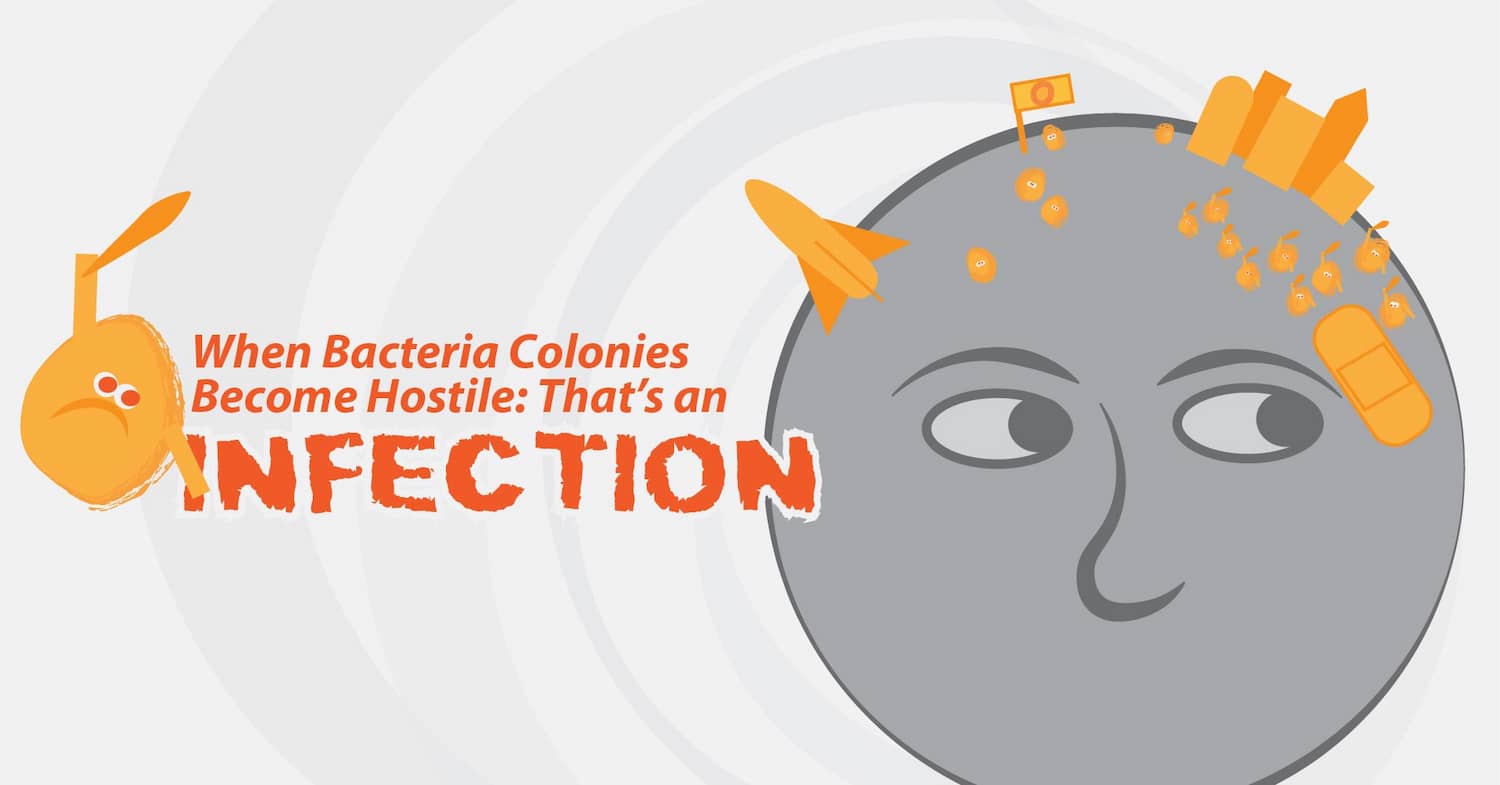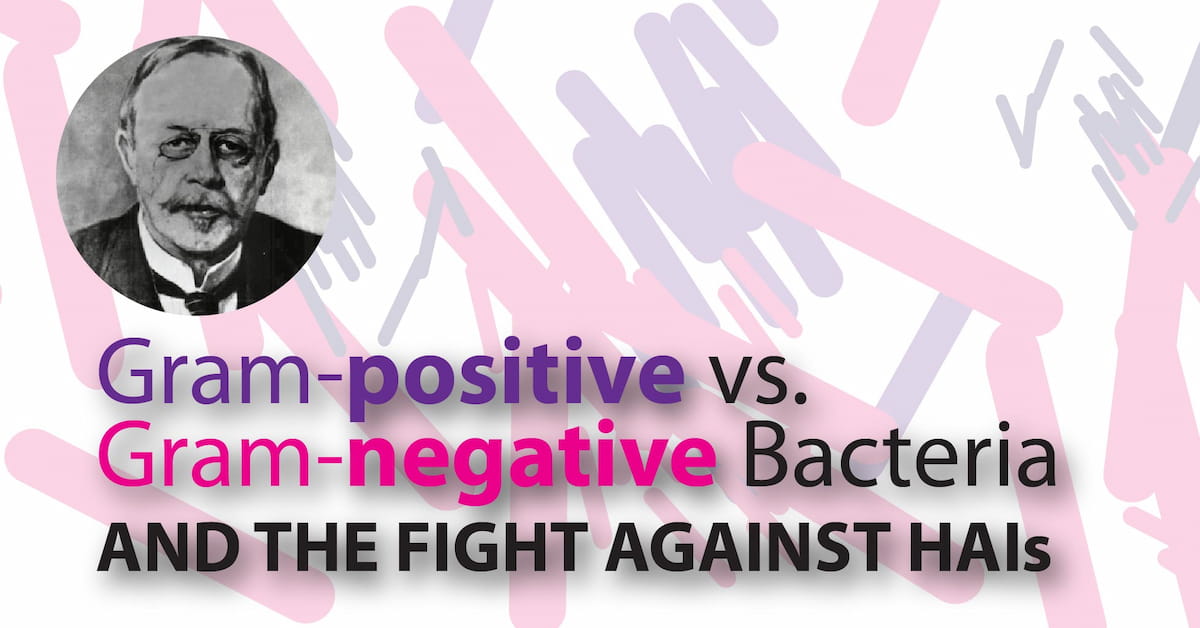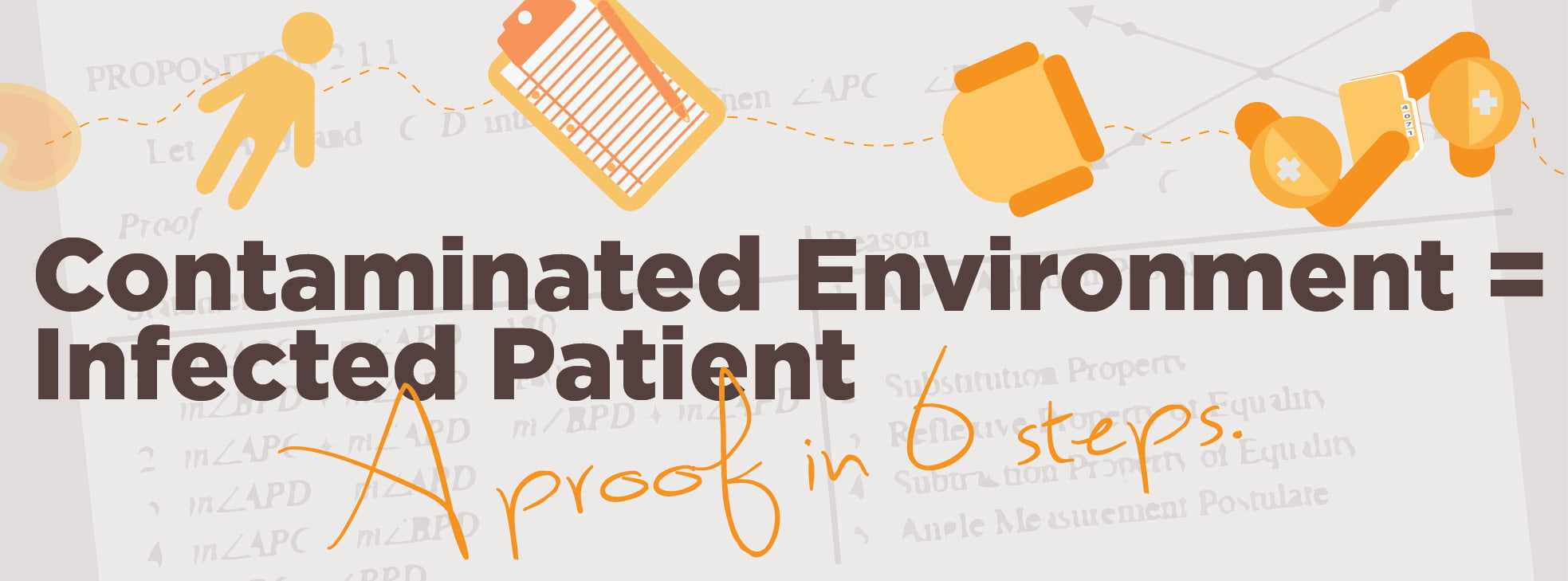We spend a lot of time here pointing out the dangers of bacteria. However, we're going to take a moment to reflect on all the wonderful and life-giving benefits of bacteria. These unseen organisms help us in so many ways, it would be safe to say we can't live without them. Join us as we explore the kinder side of bacteria.
What is bacteria?
Bacteria are single-cell organisms. Where humans are made up of, on average 1 trillion cells, bacteria are made up of just one. But one isn't the loneliest number when it comes to bacteria; they reproduce very efficiently by splitting into two, who then go on to split into two more… and on until you have a colony of bacteria. Some of these colonies are beneficial to us, some don't harm us at all, and some are downright nasty, leading to harmful infections which can threaten our lives.
What makes a surface a Preventive | Biocidal SurfaceTM? Four critical characteristics: It is registered by the EPA for public health claims. It actively kills harmful bacteria*. It continues cleaning even after recontamination. Finally, it requires no additional human processes - it performs its sanitizing simply by being installed.
We experience the ickiness and inconvenience of biofilms every day. From slow drains to tooth plaque, biofilms surround us because bacteria surround us. But take our everyday annoyance with biofilms such as a gunky sink pipe or teeth that need to be brushed twice daily and multiply that exponentially and you begin to have an idea of the horror biofilms present to industries and healthcare planet-wide. Today we'll explore the tenacious, intractable, just-as-likely-to-return-as-Jason nature of bacteria's number one weapon: biofilms.
There is a good chance that you have Staph - Staphylococcus aureus - on your body right now. In fact, it is estimated that 25-30% of us carry Staph on our skin or in our nose all the time. But a quarter of us are not sick, suffering from the symptoms of a Staph infection. What's the deal? It comes down to colonization vs. infection.
Gram Positive vs Gram Negative Bacteria and the Fight Against HAIs
by Erica Mitchell | September 23 2020
In formal descriptions of the germ-fighting powers of antibacterial and biocidal products, the terms "Gram positive" and "Gram negative" are used as a way to categorize bacteria. While there are estimated to be over 10,000 species of bacteria, they can be categorized into a few helpful categories.
One of those categories has to do with the structure of the cell membrane. All the known bacteria fit into one of two categories of cell membrane structure: Gram-positive or Gram-negative. But what does that mean?
 In time for New Years resolutions, let consider ways we can improve terminal cleaning! Terminal cleaning is a thorough, deep-cleaning of a patient room between occupants. Its purpose is to rid the room of infectious agents and provide the new occupant a sanitary space for recovery and healing. Terminal cleaning protocols vary by hospital, but the CDC, or Centers for Disease Control and Prevention, has recommendations for environmental cleaning, including terminal cleaning. This advice includes the staff involved in monitoring and evaluating cleaning, the training of environmental staff, and the analysis of data collected through regular assessments.
In time for New Years resolutions, let consider ways we can improve terminal cleaning! Terminal cleaning is a thorough, deep-cleaning of a patient room between occupants. Its purpose is to rid the room of infectious agents and provide the new occupant a sanitary space for recovery and healing. Terminal cleaning protocols vary by hospital, but the CDC, or Centers for Disease Control and Prevention, has recommendations for environmental cleaning, including terminal cleaning. This advice includes the staff involved in monitoring and evaluating cleaning, the training of environmental staff, and the analysis of data collected through regular assessments.
Surface disinfection has become the new normal. Today's post takes the concept of a high school geometry proof to connect contaminated environments to infected patients. Although this research is in healthcare settings the concept applies to all surfaces in all environments. Rest assured, you’re not crazy for questioning the last time the shopping cart handle, mass transit grab rail, or door push plate you just touched was wiped down.
Cleaning House, Part 3: Choosing a Disinfectant. What to Sic on the Bugs Making You Sick
by Erica Mitchell | April 8 2020
There is an astounding array of cleaning products available at your local store, online, and probably just sitting under your sink. Does it matter what you use to clean up after someone in your family has been ill? Absolutely. Today's post will help you pick the right product for your clean-up requirements.
Hospitals clean with great attention to what organisms caused illness within that patient room. The pathogen could be a virus, a bacteria, a fungus, or other microorganism. Each pathogen has its own unique characteristics that dictate the kind of cleanser needed, the frequency of cleaning required, and many other factors. Even though some of the organisms causing hospital-acquired infections are different than those that cause our typical community-acquired infections, we should use this same type of approach in our home cleaning. First, let’s learn about the viruses and bacteria that cause most of our sick days.
This post discusses diagnosis, symptoms, and details about illnesses that are not intended to be taken as medical advice. Always discuss health issues with your doctor.
